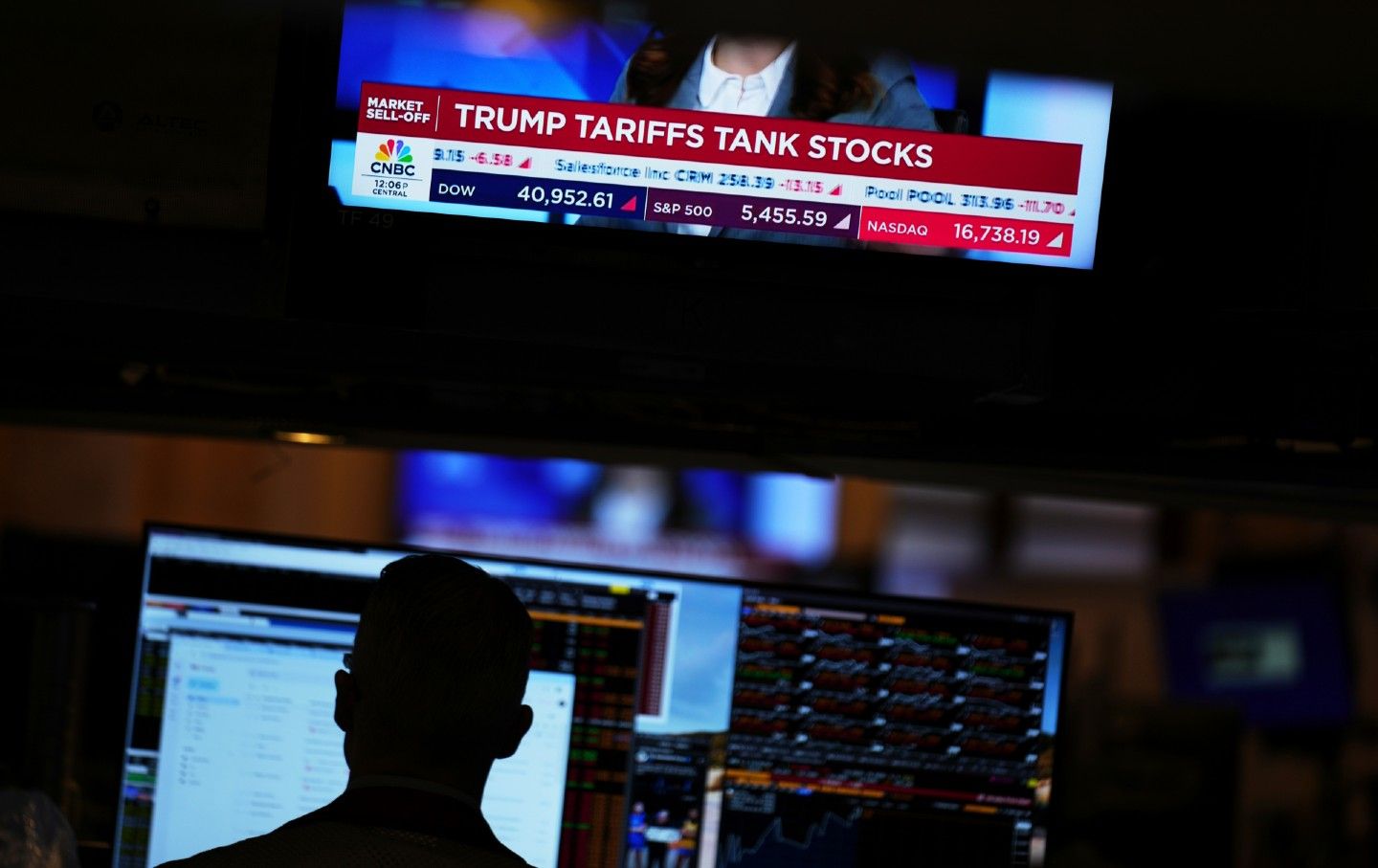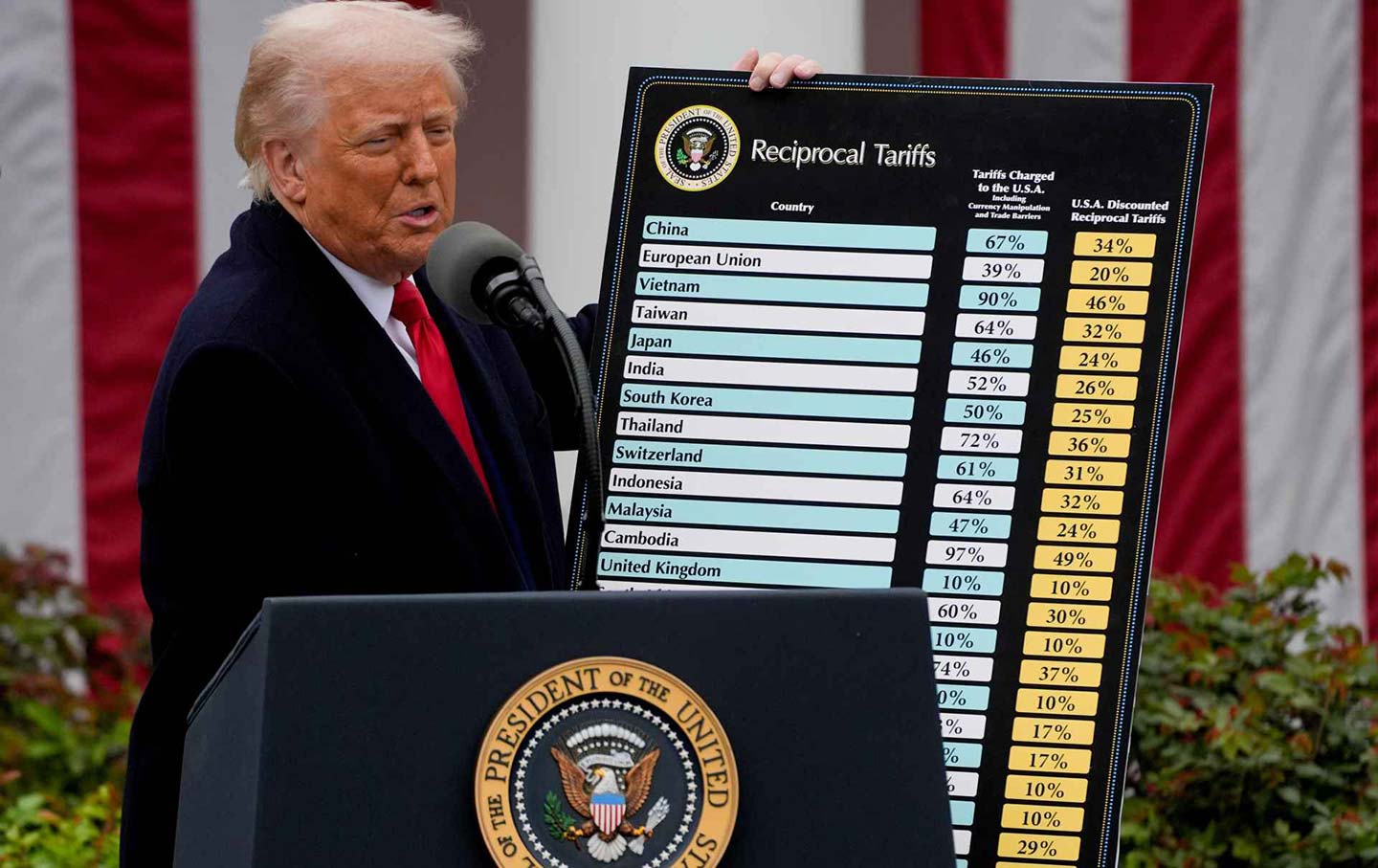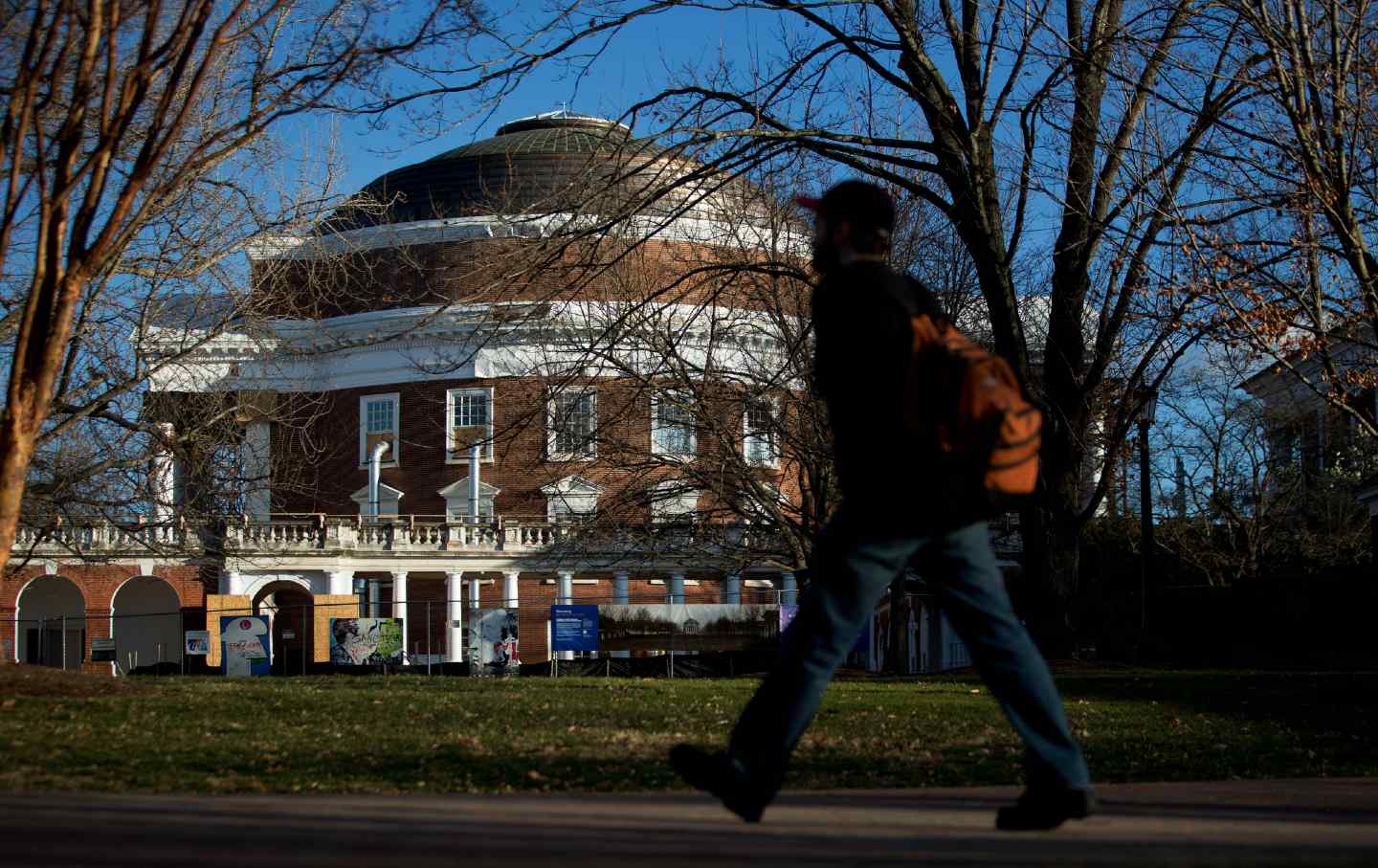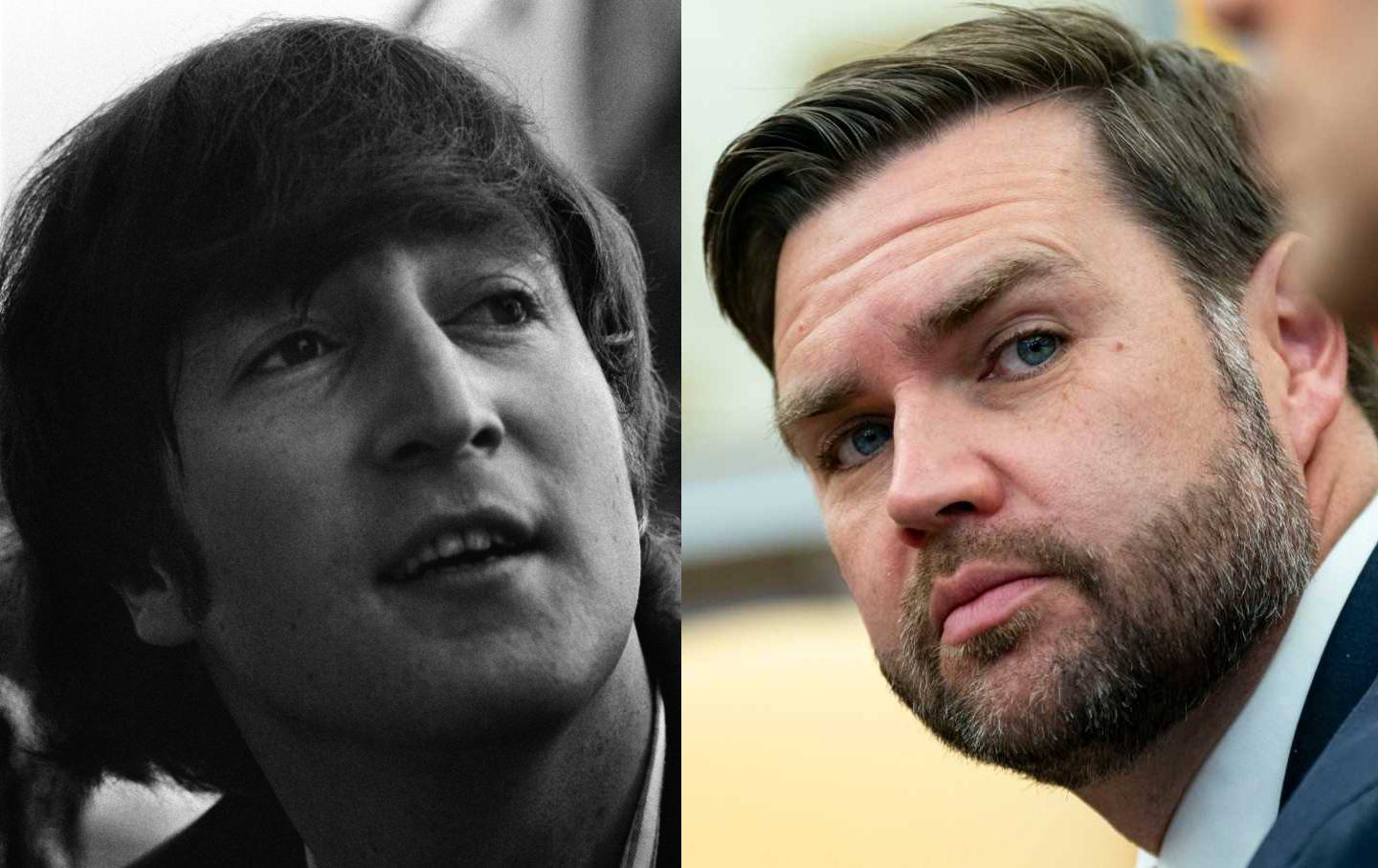This Time We Have to Hold the Democratic Party Elite Responsible for This Catastrophe
Trump won because the opposition party is committed to ancien régime restoration in a country that desperately wants change.

While the presidential election wasn’t called until early Wednesday morning, by midnight the overwhelming evidence was that the Democrats were heading for a catastrophe on par with 2016. Donald Trump was already leading in all the battleground states; Republicans were poised to win the Senate, and the House of Representatives remains agonizingly close. There is a real danger of a Republican trifecta once the last votes are counted. It also appears that Donald Trump has won the popular vote—something he failed to do in his first two runs for the presidency.
Trump is now in a position to do enormous damage during his second term in office. We can expect that Clarence Thomas and Samuel Alito will resign from the Supreme Court soo—and be replaced by much younger right-wing ideologues of the same ilk. This would ensure a right-wing stranglehold on the highest court in America for another generation. Trump will also be able to renew his tax cut of 2017, ensuring that trillions of dollars in wealth will be kept by billionaires rather than taxed for the benefit of the country. Trump will also be able to implement the extremist agenda of Project 2025, a plan to remake the American government along plutocratic lines.
With Trump winning his second term, it is worth noting that there was no absolutely accountability by the Democratic Party when he won in 2016. Losing an election to so dangerous and corrupt a figure as Donald Trump should cause a political party to do some major inward reflection on their own failures of policy and political strategy. Instead, all the Democrats who bore responsibility for the 2016 failure—starting with Hillary Clinton—found a way to blame anyone else but them. This was most notable in the spread of the Russiagate fantasy, which had a small kernel of truth but became an elaborate liberal mythology for evading their own policy failures.
Aside from Vladimir Putin, other alleged culprits for Trump’s victory included Bernie bros who allegedly sat out the election in spite, James Comey for releasing two letters about the FBI’s investigation of Hillary Clinton, the media for overplaying the Clinton e-mail story and giving Trump too much airtime, and the general bigotry of the American public. While some of these factors did play a part in Trump’s victory, they functioned mainly as distractions from the inconvenient—to the party elite—truth that Clinton and the Democrats bore a much greater share of the responsibility. Clinton ran an uninspired campaign that focused too much on Trump’s personal foibles, while her party refused to take responsibility for neoliberal policies that had immiserated the American working class. Further, Clinton focused her message so heavily on winning over suburban college-educated voters who were normally Republican, and who in fact overwhelmingly stayed with Trump. This caused her to ignore the much larger number of voters who were working-class and non-college-educated.
The key to understanding the Trump era is that the real divide in America is not between left and right but between pro-system and anti-system politics. Pro-system politics is the bipartisan consensus of establishment Democrats and Republicans: It’s the politics of NATO and other military alliances, of trade agreements, and of deference to economists (as when they say that price gouging isn’t the cause of inflation). Trump stands for no fixed ideology but rather a general thumbing of the nose at this consensus.
The main fact of American politics in the post-Obama era is that an ever larger majority of Americans are angry at the status quo and open to anti-system politics. Trump won as the candidate of anti-system anger in 2016. In 2020, he suffered the liability of being the status quo even as Covid was ravaging the world. But by 2024 he was able to return again as the voice of change, bolstered by the fond memories many Americans have of the economy under his presidency—and of the temporary, but generous, expansion of the welfare state under Covid emergency measures.
On October 14, I published a column arguing that Kamala Harris was replicating the mistakes of Hillary Clinton in 2016. I wrote:
To a distressing degree, Harris has been spending the closing weeks of her campaign trying to win over Never Trump Republicans, at the expense of highlighting her own economic populism and defense of abortion rights.
This tactic inevitably calls to mind Hillary Clinton’s singular focus on Trump’s unfitness for office—an issue her campaign elevated as a way to win over suburban college-educated Republicans. As Senator Chuck Schumer notoriously declared in 2016, “For every blue-collar Democrat we lose in western Pennsylvania, we will pick up two moderate Republicans in the suburbs in Philadelphia, and you can repeat that in Ohio and Illinois and Wisconsin.” Schumer’s math was ridiculously wrong for an obvious reason: Non-college-educated voters outnumber college-educated voters by nearly two to one (64 percent to 36 percent). So it shouldn’t have come as a surprise that Clinton lost in Pennsylvania, Ohio, and Wisconsin. The only thing that keeps the Democrats viable is that they have strong support from non-college-educated Black and Latino voters, but polling over the last few years shows that support from these groups has also been eroding.
One big reason Clinton lost in 2016 was that she neglected the working-class base of the party at the expense of trying to win converts from Never Trump Republicans.
I went on to argue that Harris could still make a course correction and recommit herself to economic populism. And it is true that there was some effort along this line, especially in the ads her campaign ran on local media in swing states. But in the end, this wasn’t enough. To a self-destructive degree, Harris tied herself to the policies of Joe Biden, an unpopular incumbent. This gave Trump an easy pathway to again be the voice of dissatisfaction and change.
Democrats will need to radically reform themselves if they want to ever defeat the radical right. They have to realize that non-college-educated voters, who make up two-thirds of the electorate, need to be won over. They need to realize that, for anti-system Americans, a promised return to bipartisan comity is just ancien régime restoration. They need to become the party that aspires to be more than caretakers of a broken system but rather is willing to embrace radical policies to change that status quo. This is the only path for the party to rebuild itself and for Trumpism—which without such effective opposition is likely to long outlive its standard-bearer—to actually be defeated.









